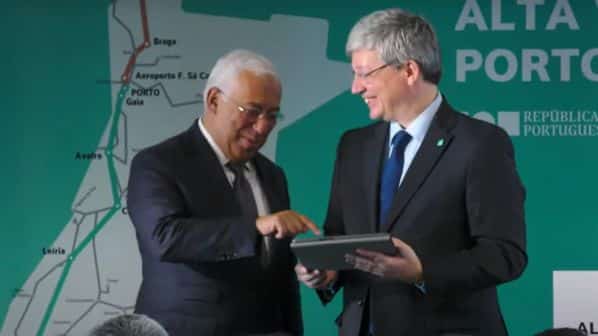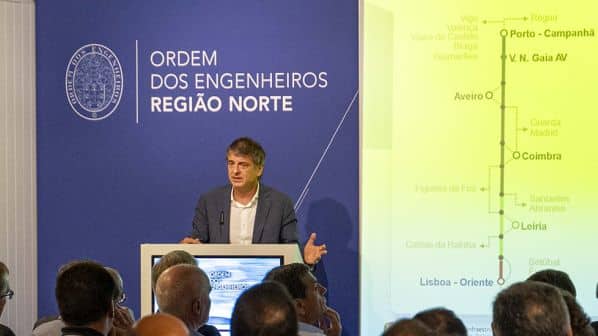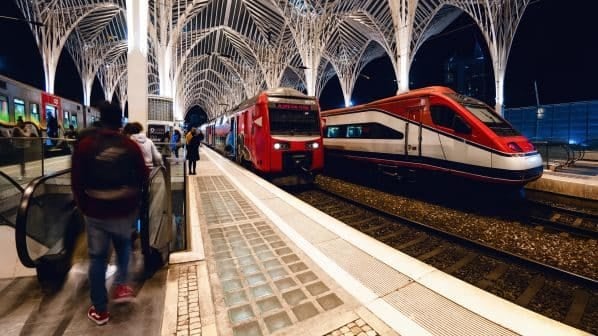THE Portuguese government launched the tender for construction of the initial 70km Porto Campanhã - Oiã section of the Porto - Lisbon high-speed project during a ceremony at Infrastructure Portugal’s (IP) headquarters in Almada on January 12.
The Iberian gauge line will be built through a public-private partnership (PPP) model under which private companies will have a concession to operate it for 25 years. Trains will operate at up to 300km/h, offering a journey time of 1h 15min between Lisbon and Porto, down from 2h 49min today.
The first phase is split into two contracts. The Porto - Oiã (Aveiro) section is expected to cost €1.978bn with €480m of the funding coming from the European Union’s (EU) Connecting Europe Facility (CEF). The remaining Oiã - Comibra - Soure section of Phase 1 of the project is anticipated to cost €1.751bn and will receive €249m from CEF.
The first phase of the project is scheduled to be completed by 2028. Existing stations on the line will be upgraded to support high-speed operation as well as to offer additional amenities for passengers. A new station will also be built at Vila Nova de Gaia.
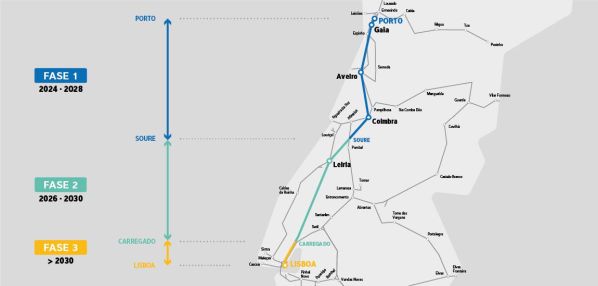
High-speed trains will switch to the conventional mainline while subsequent phases from Soure to Leiria and Carregado on the outskirts of Lisbon, and from Carregado into the centre of Lisbon, are completed in 2032 and after 2030 respectively. The complete project is expected to cost €5.5bn.
The announcement of the tender is in time for the project to secure the CEF funding after the European Commission warned that the tender must be launched this month for the project to remain eligible.
The ceremony was attended by Portuguese prime minister, Mr António Costa, as well as other senior cabinet officials including minister of finance, Mr Fernando Medina, and Mr Miguel Cruz, president of IP.
IP vice-president, Mr Carlos Fernandes, justified the choice of 1668mm over 1435mm-gauge for the high-speed line by pointing out that the Vigo - A Coruña line in Spain, to which a future connection is envisaged, is Iberian gauge. “The Spanish government has already stated that it will not migrate this line,” Fernandes says.
“This project corresponds to a vision of our territory, our development strategy and our insertion in the European continent,” Costa says.
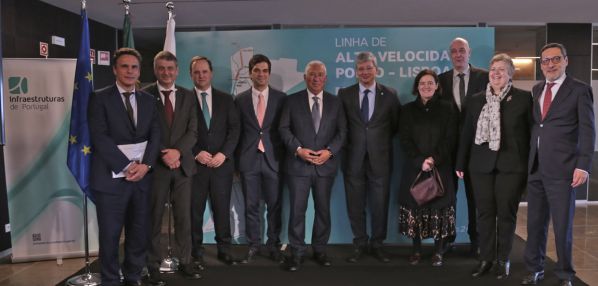
The June 2023 edition of IRJ includes a detailed report on the Porto - Lisbon high-speed project. Subscribers can read it here.
For detailed data on high-speed projects from around the world, subscribe to IRJ Pro.
